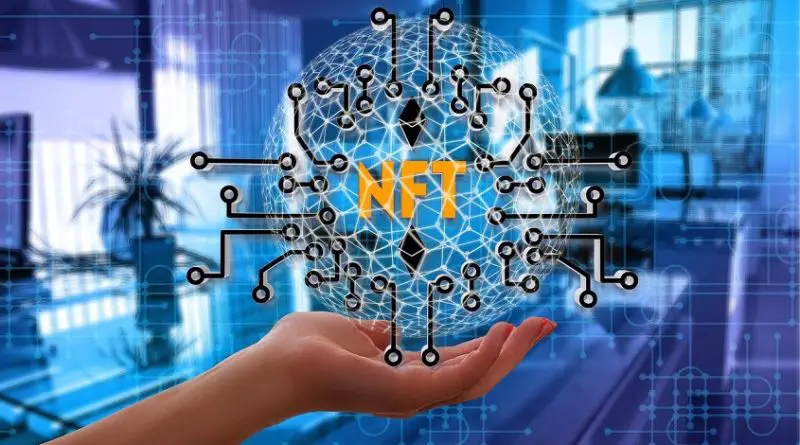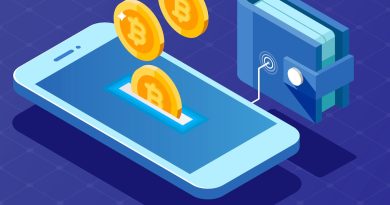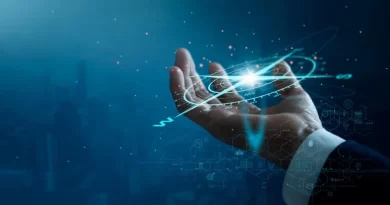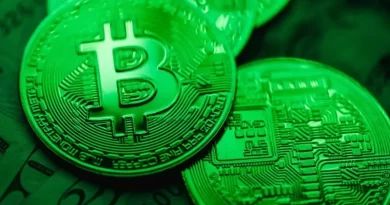NFT Development: 7 Powerful Tips and Hacks to Enable You to Create a Successful Digital Art Project
Many people look forward to participating in NFT development. The field has become popular, thanks to the major successes of various NFT projects. However, creating an NFT is a daunting task for many. So, the only way you can succeed in NFT development is by equipping yourself with knowledge. But the elephant in the room is finding the best materials to help you with NFT development challenges. Are you looking for pro tips and tricks in NFT development? If so, then you’ve come to the right venue.
What are the benefits of NFT development?
Non-fungible tokens are one-of-a-kind, meaning that they’re non-exchangeable. These digital assets have multiple advantages, including:
- Scarcity: NFTs are limited in supply, making them valuable. And part of the reason why NFT development is popular is due to the scarcity of these collections.
- Uniqueness: NFTs are authentic and one can verify this quality by checking the information in the decentralized ledger. The feature gives the digital collections the ability to increase in price.
- Use of smart contract cryptocurrency: an NFT developer must understand how to create a smart contract. Smart contracts facilitate the transfer of assets from a buyer to a seller. So, an experienced developer must understand how smart contracts work, and the procedure of developing and testing them. However, if you don’t know how to write a smart contract, it’s advisable to hire an experienced NFT development agency to help you.
Tips for developing NFTs
Many brands and artists wish to leverage the above-mentioned benefits by creating their non-fungible tokens. Here are the tips and tricks that can help you in developing your NFTs:
1. Determine the category of NFTs to develop
NFTs are connected to different digital artworks, in various formats, such as images, lyrics, and video clips. Whatever the format you choose, you should aim at creating a unique asset. Also, it’s essential to ensure that you own the media you want to tokenize. You should avoid plagiarizing materials as this can lead to dire legal aftermaths.
2. Decide the content to incorporate into your creation
After determining the format of your NFT, the next stage entails choosing the format to include. Here, the guiding yardstick is to evaluate what your target audience loves. Furthermore, remember to develop a limited edition of your digital assets to enhance their uniqueness.
3. Select the decentralized ledger where to develop your NFTs
There are different decentralized ledgers where to develop your digital art. Blockchains are a central aspect of NFT development because they keep a permanent record of the collections.
Some popular choices include:
- Ethereum: the network is popular in the NFT community as it allows creators to use its ERC-721 standard to create digital collections. However, the main drawback of Ethereum is that it utilizes the proof-of-Work agreement mechanism that uses much power.
- Solana: many layer 1 blockchain networks have multiple issues, such as network congestion and the processing of a few transactions per second (TPS). The Solana network was created to overcome these problems. Thanks to its Proof-of-History and Proof-of-Stake consensus mechanisms, Solana can process over 50,000 transactions per second.
- Flow: flow is a popular blockchain to develop decentralized apps and non-fungible tokens. It also uses the PoS agreement mechanism.
4. Create smart contracts
Smart contracts hold important information about your digital assets. Once parties in a transaction meet the conditions of the contract, the innovative agreement self-executes. If you lack time or knowledge of how to make a smart contract, it’s critical to hire an experienced developer to assist you.
Such a developer understands the process of smart contract testing and how to upgrade the contracts with advanced features. Whether you want to develop a smart contract on opensea or any other platform, the developer can help you.
5. Choose a marketplace for your NFTs
There are multiple platforms where you can create and sell your digital art. Via these platforms, you can develop, display, and trade your NFTs. If you’re a beginner, OpenSea is your ideal marketplace because it supports various NFT genres, like pictures, music, and fashion. Also, you should leverage the multiple features of NFT platforms to mint, list, and trade your virtual art.
6. Set up a crypto wallet
An NFT wallet helps creators to keep their collections. You should select a wallet that’s compatible with the selected blockchain network. The process of setting up your wallet is pretty straightforward: download the app, provide a username, and safely store your secret keys. A famous wallet in the market is MetaMask.
7. NFT development
Once you’re through with the above steps, you should start the process of creating your NFTs. Here, the marketplace you choose guides you on the steps to follow. For example, in case you selected OpenSea, you can develop your collections by linking your storage app to the marketplace. After developing your NFT, the final step entails setting up a price and listing your collections.
Final words
Developing an NFT is straightforward if you can arm yourself with information. Here, we’ve explored pro tips and hacks that can help you create your collections. However, if you’re busy with the other aspects and lack time, you should hire an NFT development company to help you.




